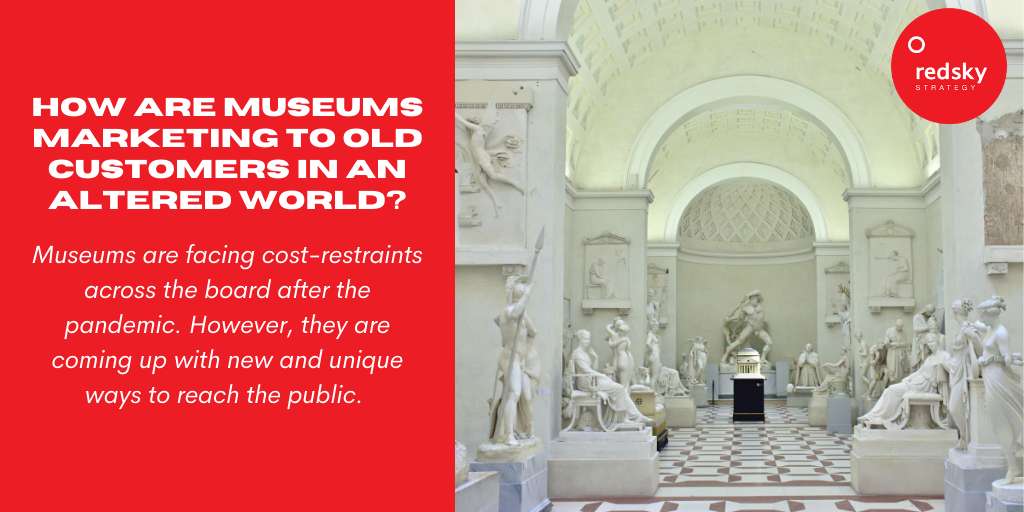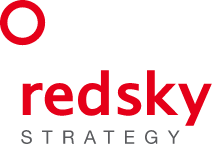News
How Are Museums Marketing to Customers in an Altered World?

Image Credit: https://unsplash.com/photos/9KkPloRgOUY
The pandemic has impacted many facets of business across the globe. Among the many art museums. Museums are facing cost-restraints across the board after the pandemic. However, they are coming up with new and unique ways to reach the public.
Museums are facing lack of funds from loss of revenue due to the pandemic, and, unfortunately, philanthropy has not made up the difference. For example, the Nelson-Atkins Museum of Art in Missouri had to slash its budget by 25%. Others, such as the Brooklyn Museum, have been forced to sell off some of their works. With significantly tighter budgets, museums are forced to figure out how to market themselves in a post-pandemic world.
Turning Toward Digital Experiences
Museums are turning more and more to digital experiences even after COVID. With in-person gatherings limited during the pandemic, smaller museums in mid-size urban centers had to quickly learn the ins and outs of advanced digital marketing. Many are taking these lessons and expanding them even as in-person visitors return.

Google reported that “virtual museum tour” was one of its most searched phrases during the pandemic. Museums have responded with “360” style self-directed virtual experiences.
Those which have received the best feedback provide guided digital tours with curators. By providing a more enhanced experience than pre-COVID visits, the museum is able to connect with the public.
Museums are also increasingly recognizing that digital programming isn’t free and are committing budget to channels like Facebook and Instagram. Advertising dollars are shifting from outdoor and print advertising, both of which have lost out as marketing has gone digital. The Frick’s YouTube series, “Cocktails with a Curator” series was an effective fundraising effort that garnered strong engagement despite being fully remote. The series was shot in the living room of staff members without any special equipment, yet still accumulated over one million views.
The success of “Cocktails with a Curator” demonstrates the opportunities museums have to engage with audiences on a larger scale and provide viewers with a direct museum experience suitable for the web.
The retail industry has exemplified the power of using a pop-up model. For example, some big-name brands such as Target and Ikea have created small-format stores. Other brands have built temporary pop-ups for exploring new markets and experimenting with fresh concepts.
Exhibitions are not the only opportunities for museums to get creative and innovate in how they connect to audiences. The London Serpentine Galleries’ curator Lucia Pietroiusti explored climate and culture through podcasts, publications, film screenings, conferences, and more.
Meeting the New Needs and Demands of the Public
With the public more attuned to digital exploration, Zoom presentations and meetings, and increased comfort with experience through a screen, museums of all size and nature have an opportunity to rethink the visitor experience.
Audiences are finding more time to learn and explore digitally as they spend more time at home. For museums and other institutions alike, the opportunity is clear: investing to meet the new needs and demands of the public is critical. In a digital-driven society, there are a plethora of technology platforms and channels that enable venues to connect and engage with audiences directly through their screens.
As digital marketing plays a larger role for smaller museums, knowing how best to spend digital marketing budgets requires knowing who to advertise to and how. As museums continue to rethink how they attract and retain an audience, segmentations are a powerful tool to uncover who is most likely to return to the museum in person and understand the nuances of the different kinds of visitors (both in-person and online).
Interested in working with RedSky Strategy? We can help you craft a sound marketing strategy that reaches your audience segments in meaningful ways and illuminates the best pathway to growth.
